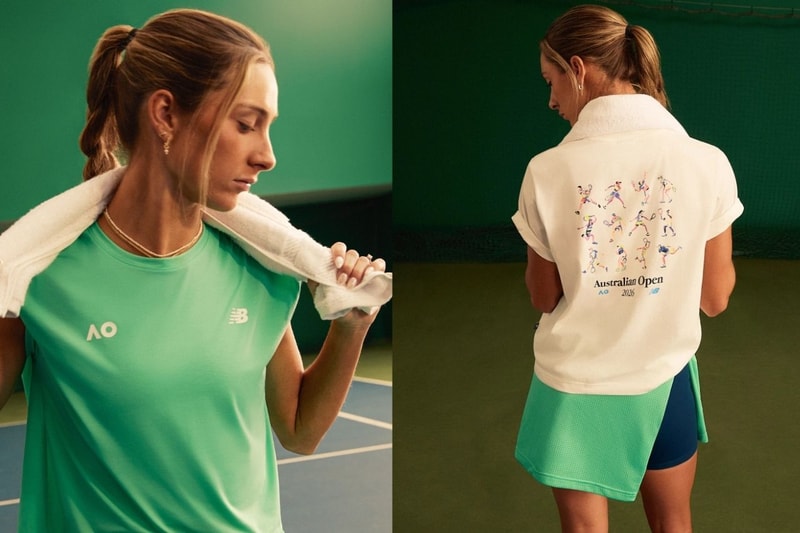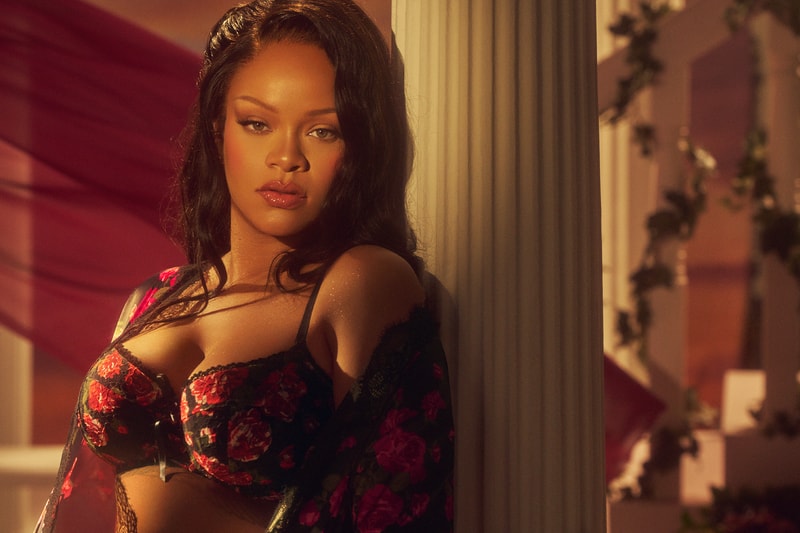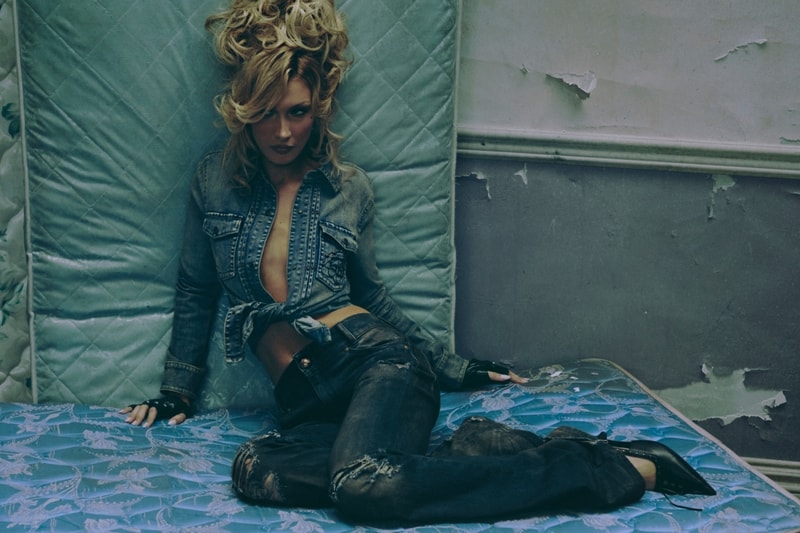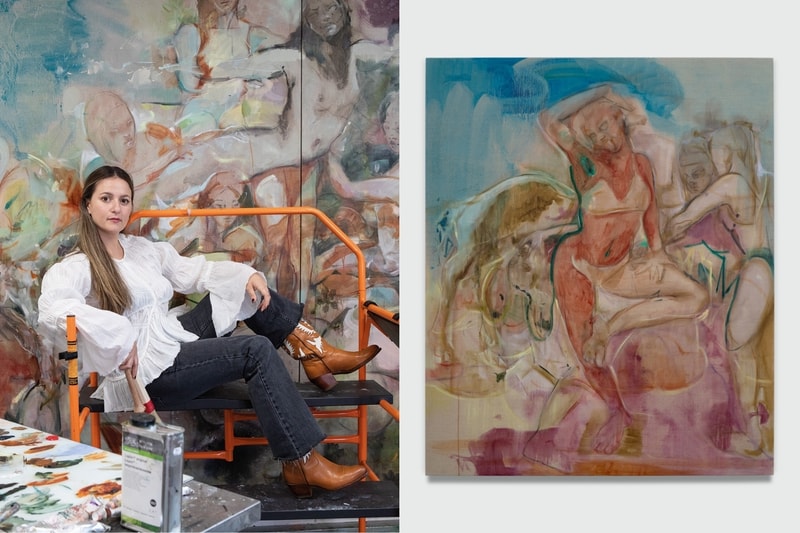Adi Goodrich's Los Angeles Home Is a Cozy, Artfully Decorated Sanctuary
info@hypebae.com (HYPEBAE) Fri, 04 Jun 2021 HYPEBAE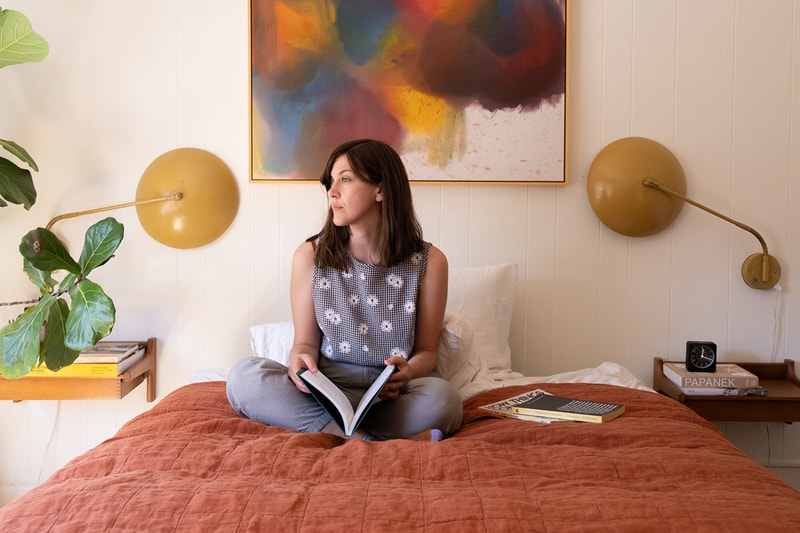
HYPEBAE Home Tour is a series that takes readers inside the homes of tastemakers and creators from around the world. Beyond showcasing the unique character and design of each abode, through conversations and interviews, the series also highlights the creative endeavors of the homeowners.
This time, spatial designer Adi Goodrich, who makes up half of the creative studio Sing-Sing, shows HYPEBAE her tranquil Los Angeles home decorated with mood-lifting indoor plants, personal objects and beautiful secondhand furniture.

For Adi Goodrich, home is the place where she can rest and enjoy life with her husband, director Sean Pecknold, as well as their poodle Toro. "I have my books, records and comfortable places to sit," she tells us. Together, the creative duo who co-founded Sing-Sing Studio reside in a 1920s duplex in the Atwater Village neighborhood of Los Angeles. Contrary to the color-intense, fantastical work of Goodrich (think the LA sunset-inspired installation she's commissioned to design for an Instagram office), her home is a calm, pleasant sanctuary, bathed in neutral tones and accented with artworks made by herself and artist friends as well. The serene space allows the couple to not only recharge, but also work on their personal projects: "We have a big garden in the backyard and a small shed where I paint ceramics and Sean animates."
When talking about home furnishings and decor, the spatial designer's strong appreciation for well-made furniture can be traced back to her childhood and teenage years. Growing up in and near Chicago with a father that she describes as a jack of all trades, Goodrich has a natural affinity for handmade crafts. "From working at his mechanics shop on semi-trucks, to restoring various 1800s era homes, I learned a lot about working with my hands, materiality and honoring the history of architecture," she reflects. A proponent of mindful consumption, the designer carefully selects homeware pieces -- many of which are used or vintage items that are built to last -- to enliven her house. Free of visual clutter, the home feels warm and welcoming -- it's cozy and full of character at the same time.
Here, we speak to Goodrich about her journey in design, her best home decorating tips, as well as the unexpected places where she finds inspiration.

Tell us a bit about your background in design.
I went to school at the School of the Art Institute of Chicago and studied painting, and took classes in the graduate Architectural Preservation program. After school, I landed at Barneys and Anthropologie doing window displays and quickly found myself in a group of friends that wanted to make films. Eventually, I became the set designer of our film collective and decided to become a freelance set designer that has lasted about 10 years. I've done set design for photography, production design for film and commercials, permanent installations in office buildings and public art.
And now you're a spatial designer. What is spatial design all about?
I'm not sure many people call themselves "spatial designers." I grew tired of listing out all of the different roles I've inhabited -- set designer, production designer, creative director, artist, furniture designer -- so I started calling myself a spatial designer. My greatest love in life is designing spaces no matter how permanent or temporary they may be. So, I would say a spatial designer is someone who is a multidisciplinary designer working in the realm of three-dimensional spaces.
How did Sing-Sing come to be?
Sean and I met on set when I was still working and getting hired by photographers and directors. After working together, he said, "Adi, you're not getting the credit you deserve. Your work is on these photographers' websites and you're not even listed as a collaborator." I would do these wild sets that took up 90 percent of the images and sometimes not get mentioned, paid or credited in the magazine. The editorials would literally list the wardrobe stylist and photographer and never mention me -- so ridiculous! It took meeting Sean to kind of open my eyes to want to have a bigger role in my own career.
Sing-Sing began as two people with wildly different skills. Sean is a director and storyteller, I am a designer. We figured it would be a great team that gave each one of us equality on set. He was the first person to put my name right next to his. We created a studio with two creatives side by side. We wanted the studio to be as collaborative as possible, always bringing in more friends to make the work with. And we wanted to do everything. Both Sean and I really gravitate towards artists whose oeuvre is multi-disciplinary and constantly changing. I guess we wanted our studio to be a place for experimentation through work for hire projects. We also wanted to use the time and money we were afforded by working commercially to fund our personal projects. We've created 16mm and 35mm films together, music videos, installations, murals, interiors, commercials, photography and animation. And it all feels like it has our thumbprint on it. We are always evolving and trying not to get stuck in one genre or look.

You’ve recently ventured into interior design with Wine & Eggs, a natural wine and grocery store in Los Angeles. What can you tell us about this assignment, including the biggest learning for you as a designer?
Interior design is a fairly new venture for me, but I've been slowly working in the field for about five years. I worked with one of the founding members of Commune, Pamela Shamshiri, when her studio first opened, but decided I wanted to continue working under my own studio Sing-Sing. Last year, right before the pandemic, Monica Navarro of Wine & Eggs asked me to design a store she was opening, and I was so ready for the challenge.
The past four years, I've also been slowly taking classes in Interior Architecture at UCLA, so that opportunity came at the right time. I've always wanted to create spaces that felt like films -- meaning they tell a story, they feel like a technicolor scene from a 1960s film. Monica wanted the same feeling. She hired me knowing I was a set designer and wanted the color and story that come along with that experience. It was exciting to think about permanence, and I'd say that was the biggest challenge. In set design, you create spaces as facades, they look real but they are made to last a couple of hours. So, I had to source materials that were lasting and work with builders that created permanence. I wanted the space to feel like a set, but have the quality to last years.

We heard you’ve also been working on two bars at the moment. What's it like to conceptualize these spaces, typically meant for the community to gather in, during times of isolation?
I'm so lucky that my clients had the courage to continue design during the pandemic. It truly is the most important part of the job -- working with people who are brave and excited. The bar in Chicago is for Marz Community Brewing. I am Polish and the owner is half-Polish, so I wanted to put some Polish history into the concept. I had met a Polish designer a few years back that told me about all of the social clubs in Warsaw from the 20s and 30s that are now being re-used as artist clubs. So, I came up with this idea of the Marz Community Club. A space where you can buy beer, but also gather for lectures and cultural happenings. The owner Ed Marszewski runs art festivals, various publications and an actual FM radio station, so it made sense to create a space dedicated to community.
The pandemic was tough and it felt so absurd to create a space for the uncertain future. But again, it comes down to the client. Ed is the most positive person I've ever known and the most inspirational. He just moved forward and we tried to think about the bright future that the space would have after the pandemic. That's all you can do.

What other projects are you hoping to explore in the future?
I'd love to do a small hotel. Sean and I also have an ultimate goal of creating an opera together.
From geometric wall sculptures to brightly colored installations, your work bursts with personality and charm. How would you describe your own style? Reflecting on your work over the years, what are some unexpected places where you’ve found inspiration?
I describe my work as large, graphic installations rooted in art historical reference. I actually always find inspiration in bathrooms. My phone is filled with bathroom photos from wherever I travel. And I'm not talking about cute, designed bathrooms. Rather, rest stops, fast food restaurant bathrooms, dentist offices and the YMCA.
When it comes to your own home, do you fill your interiors with lots of vibrant hues as well, or do you adopt a more considered, strategic approach of decorating?
Everyone expects my house to be wildly colorful and filled with old props. I would be insane if that was true. My studio, on the other hand, is exactly that. It's filled with old projects and lots of colors, samples, fabrics, papers and sculptures. But my home is a quiet place.
I try to not have a lot of knickknacks or extra things to gather dust. I was a house cleaner between my jobs as a window designer and a set designer, so I'm crazy about dust and cleaning. I try to minimize buying things because I don't want to consume too much. I buy meaningful objects, well-made furniture or used furniture so I'm not adding more junk into the world.

What does “home” mean to you?
Home is the place I can be quiet and enjoy life. It's filled with fun and laughter, food and rest. I feel like home is the one place I can turn things off. I don't have a home office and prefer to keep creativity and work at the studio -- but I still paint in the back shed.
Can you share with us any decorating tips that helped you put together your space?
During the pandemic, I decided to paint my hallway a deep ocher. I thought it was a huge mistake, but I like it. Since I'm always picking colors and paints and designing for work, I really keep my home pretty chill. But I would say this: Get yourself some good textiles.
What are some of your favorite items in your home?
My round kitchen table: Everyone should gather around a round table.
Moroccan wool rugs: I'm obsessed with my rugs. They are of the same texture as my dog!
The painting above my bed: Sean and I made it for a Fleet Foxes video. We filmed up-close shots in slow motion, and when we finished the shoot, we were left with this beautiful piece of cloth. We framed it and it hangs above our bed. It feels like an illustrated dream.
Chad Kouri "Drum Solo" art: Chad Kouri stayed at my house when I was out of town, and he had been working on his jazz series drawings. While listening to a jazz drum solo, he made this drawing and taped it to my wall. I framed the work including the blue tape.

Finally, tell us what’s on your wish list. Are there items that you’ve been wanting to add to your home?
Yes! I'm working on a furniture line right now and I'm planning on prototyping a pendant light, a coffee table and a standing mirror. I want to live with those items for a bit before manufacturing them, so I'm excited to get those going.
I would also love a new bed. Ours was bought years ago when we were super broke. I've bought and canceled so many bed orders. As much as I love design and furniture, I have a hard time committing to items for myself because the bed still works. And I truly believe in living with what you have -- don't overbuy, instead buy things vintage or custom. One day I will get a new bed, but I will probably wait until this one is completely unusable first, haha!
